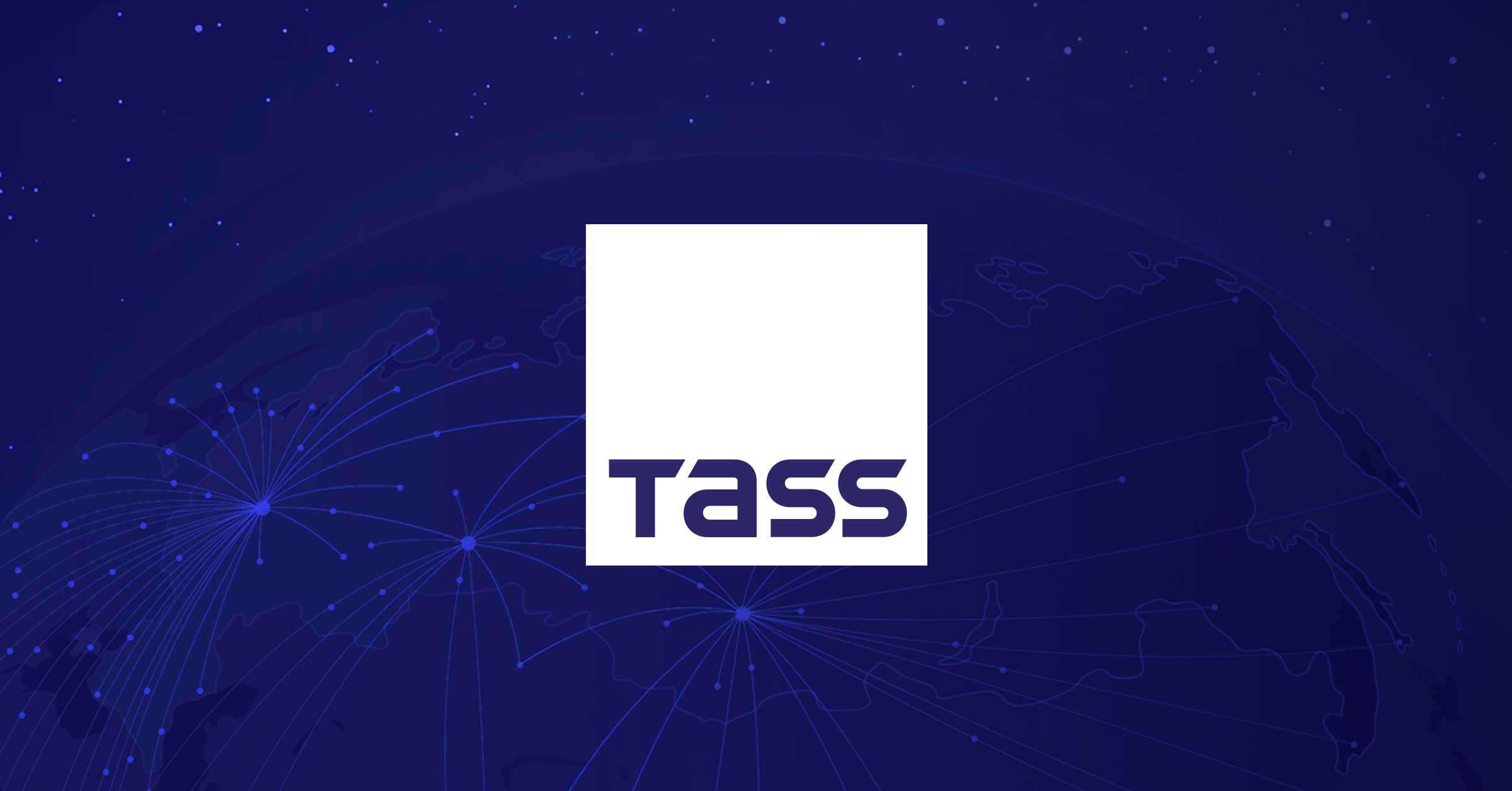Copyright tass

MOSCOW, October 28. /TASS/. The investment program of Gazprom for 2025 has been raised to 1.615 trillion rubles ($20.38 bln) from the previously planned 1.524 trillion rubles ($19.23 bln), taking into account macroeconomic dynamics and the progress of investment projects, the company said in a statement. Earlier, Gazprom planned its 2025 investments at 1.524 trillion rubles ($19.23 bln), a 7% decline from 2024, while total investments of the Gazprom Group were projected at 2.84 trillion rubles ($35.84 bln), down 0.8% from the previous year’s level. "The total amount of funding for the investment program stands at 1.6154 trillion rubles, which is 91.7 bln rubles higher than the original document approved in December 2024," the company emphasized. The financial plan for 2025, approved by Gazprom’s Board of Directors, ensures full coverage of obligations without a deficit. In the revised 2025 budget, Gazprom achieved an additional 2% reduction in administrative expenses compared with the initial version. Gazprom’s investment program for the current year provides for the financing of continued development of gas production centers in eastern Russia and on the Yamal Peninsula, the gasification of Russian regions, expansion of the Power of Siberia trunk pipeline, the company’s gas processing complex, as well as projects under the Eastern Gas Supply System and other initiatives aimed at maintaining peak gas balance. "I would like to emphasize that Gazprom conducts its investment activities primarily through operational cash flow," according to Deputy Chairman of Gazprom Famil Sadygov, whose comments were quoted in the company’s statement. The holding expects strong EBITDA results for 2025, which, under conservative assumptions, may reach 2.9 trillion rubles ($36.61 bln). According to Sadygov, Gazprom’s gas sales revenue for the year is projected at 4.9 trillion rubles ($61.83 bln), exceeding the plan by 4.4%. "We can already see that 2025 is shaping up to be a successful year for the company," he added, noting that the company’s flexible debt management strategy enables it to maintain its debt burden within a comfortable range.



